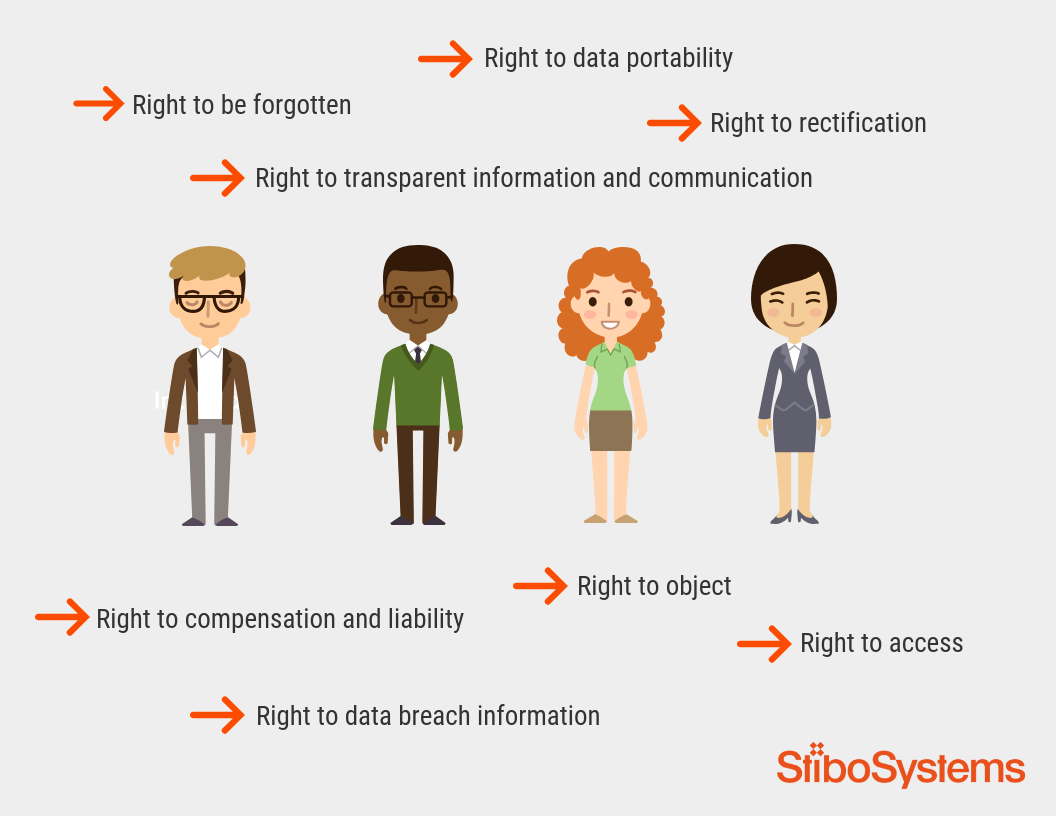Your master data management roadmap should be embedded in an overall master data management strategy methodology.
There is no one-size-fits all. A suggested methodology for a master data management strategy and data governance initiatives typically include the following five phases:
- Education
- Readiness assessment
- Strategic roadmap
- Master data management software selection
- Business case
In the strategic roadmap phase, business and IT people work together in a facilitated workshop format. They jointly review the current state, and then envision where the company wants to be (that is, the future state), and over what time period.
The team performs a gap analysis and develops gap closure strategies to get to the future state in a timely and cost-efficient way. Then they prioritize those gaps together, so the initiative is working on the most important priorities first, with interim releases delivering significant wins along the way. The end result is a strategic roadmap that spells out the initiatives needed to close the gaps between the current state and future state.
Using this consistent, repeatable methodology ensures a high quality result. This method is based loosely on IDEAL℠: A User’s Guide for Software Process Improvement, by Robert McFeeley of the Software Engineering Institute.
We will review the steps of the master data management roadmap one by one below.

5 steps to create and plan a master data management roadmap
Step 1: Current state assessment
This is sometimes done as a separate readiness assessment phase. If that is not the case, perform the current state assessment as the first step in the strategic master data management roadmap process.
Review the company’s organization, people and culture within the context of master data management and data governance. Then review the business processes, technology and information. It is suggested to use a maturity model to show the company where it is on a 1-5 scale.
The deliverable from this stage is a Findings and Recommendations document that is reviewed with the project sponsor and other core team members.
Step 2: Define the desired future state
This consists of a series of facilitated workshops with a carefully selected group of people from various parts of the business and from IT.
One of the first things to do is to decide on the appropriate time frame for the master data management roadmap. Usually, that ranges from relatively short term (1-2 years) to long term (3-5 years).
Then look at the following dimensions over time:
- Master data management
- Data integration
- Data quality
- Data enrichment
- Data governance
Find out what the company’s overall strategic objectives are, and then figure out how the master data management strategy aligns with and supports those overall corporate objectives.
You’ll end up with a deliverable that addresses how to deliver value to the business over the desired time period in a series of manageable releases.
Step 3: Conduct gap analysis
This is my favorite step: figuring out what are the gaps between “who we are” and “what we want to become,” and then developing gap closure strategies to help move from the current state to the desired future state.
You can group the gap closure strategies into the classic four domains of enterprise architecture: Business, Application, Information and Technology.
The deliverable here is a list of the gaps, grouped by type, with the corresponding gap closure strategies.
Step 4: Prioritize and sequence
Here you will assign high, medium and low priorities to each gap closure strategy. This allows you to make sure you are covering the high priority items first. Do not discard the medium and low priority items, though, because they may be needed as the predecessor to a high priority item.
The sequencing step looks for natural predecessor and successor items, so wherever there is a logical sequence of “first A, then B, then C,” take that into account.
The resulting deliverable is a high level Gantt chart, illustrating the projected program schedule for the next 1-2 or 3-5 years. It is typically separated into groups or workstreams such as:
- Governance and processes
- Organization and change management
- Technology and information
Step 5: Develop the master data management roadmap
The roadmap typically ties together the deliverables from the four previous steps:
- The Findings and Recommendations document from the Current State Assessment, summarizing the issues that need to be solved
- The Future State Definition document that describes the timeframe (the “when”), the vision for the initiative and how the master data management strategy supports the overall corporate strategy (the “what”), and the value and benefits of the program (the “why”)
- The list of gaps and gap closure strategies (the “how”)
- The high level Gantt chart for the program over the next few years
Finish by socializing
Building organizational commitment to a master data management program requires strong executive sponsorship and support. To get that executive sponsorship, you have to market a compelling vision – to quantify and repeatedly communicate the value to the organization, and develop the “what’s in it for me” messaging for critical stakeholders.
This socialization process ensures that senior management remains committed to the vision as it develops, and buys into the steps required to execute on that vision.
Taking the time up front to develop a strategy and roadmap like this will significantly increase the probability of succeeding at a complex, multi-year information management initiative. As the British Army likes to say, “proper planning and preparation prevents pretty poor performance.”





































































































































































































